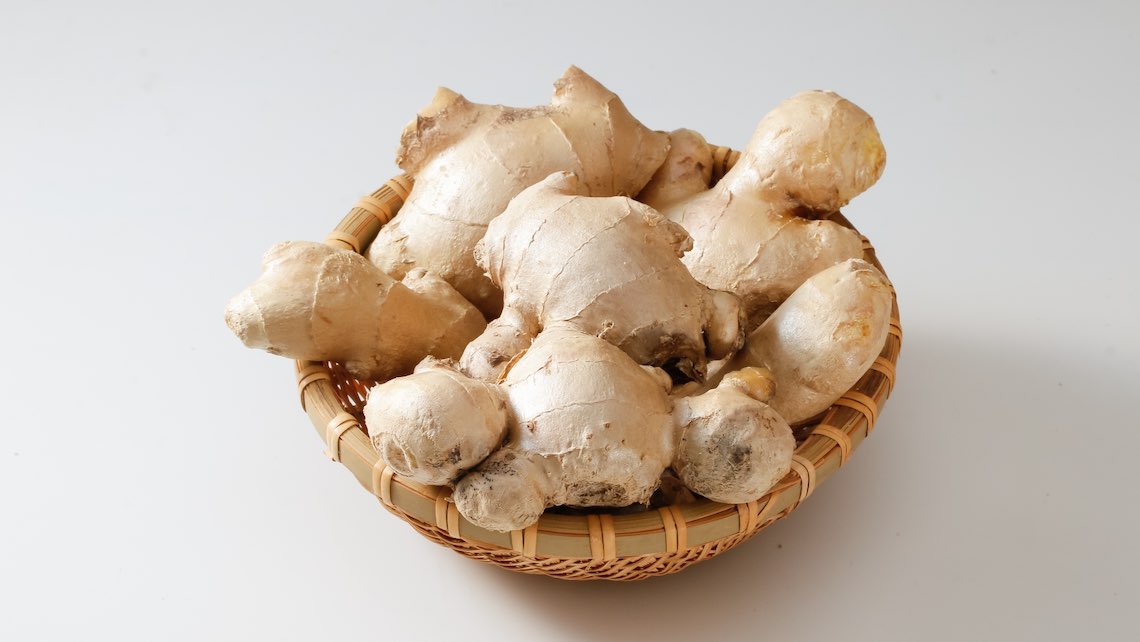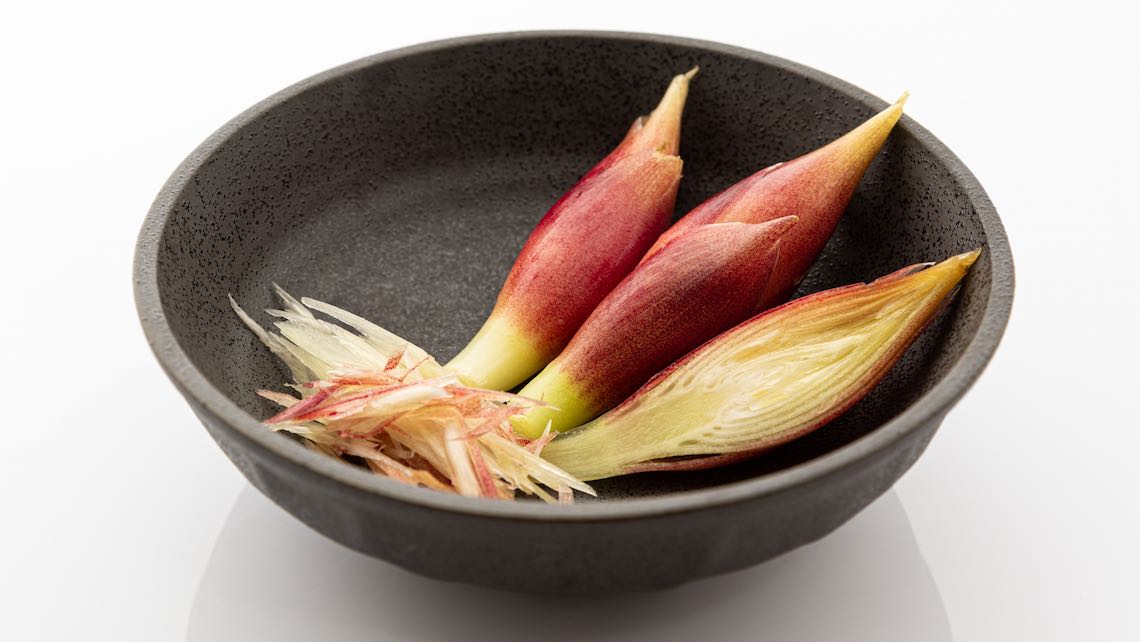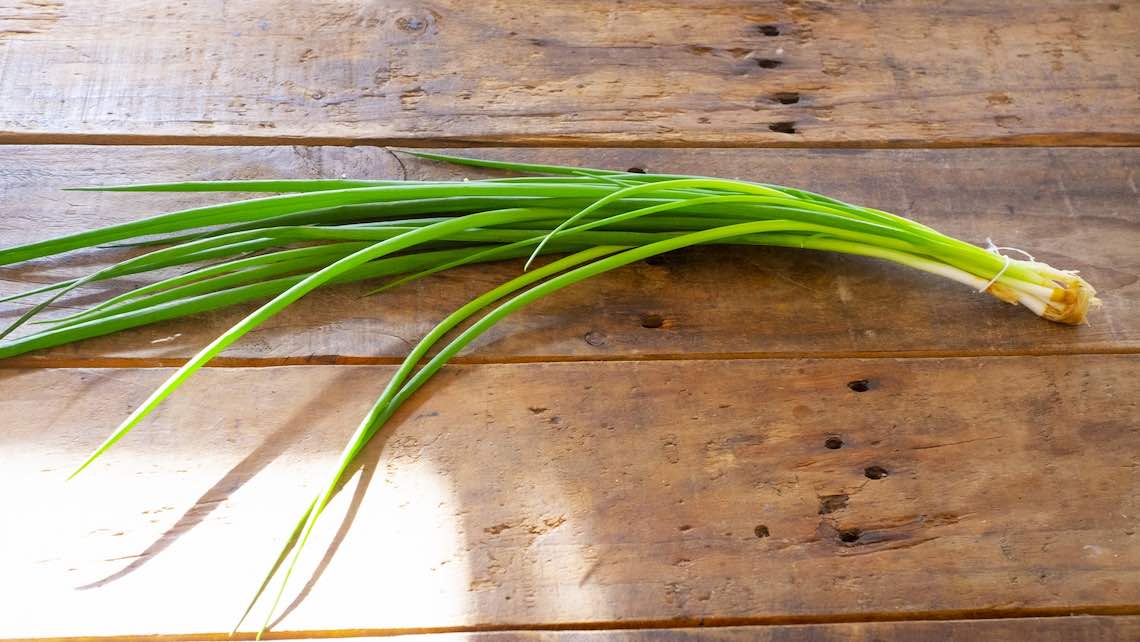Ginger [Shoga]

Japanese Name and Pronunciation:

[shouga]
Ginger, known as “shoga” in Japanese, is a widely used ingredient in Japanese cuisine. It is a flavorful and aromatic root that adds a unique taste and fragrance to dishes.
In Japanese cooking, ginger is used in various forms: fresh, pickled, and dried. Here are some key aspects of ginger in Japanese cuisine:
Fresh Ginger
Fresh ginger is commonly grated or sliced and used as a condiment or flavor enhancer. It has a pungent, spicy-sweet taste with a refreshing and slightly citrusy aroma. Fresh ginger is often added to dishes like stir-fries, soups, marinades, and dressings to impart a zesty kick and balance flavors.
Pickled Ginger (Gari)
Pickled ginger, also known as “gari,” is thinly sliced young ginger that has been marinated in a mixture of vinegar, sugar, and salt. It has a tangy and slightly sweet taste with a crisp texture. Pickled ginger is typically served as a palate cleanser between bites of sushi and sashimi, allowing diners to refresh their taste buds.
Dried Ginger (Shogayu)
Dried ginger, or “shogayu,” refers to ginger that has been dried and ground into a powder. It is commonly used to make ginger tea, known as “shogayu,” which is a soothing and warming beverage. Ginger tea is enjoyed for its comforting properties, particularly during colder months or as a remedy for digestion-related issues.
Ginger is valued not only for its flavor but also for its potential health benefits. It is believed to aid digestion, alleviate nausea, and provide a warming sensation to the body. Its versatility and distinct taste make it an essential ingredient in many Japanese dishes, contributing to the overall balance of flavors in the cuisine.





